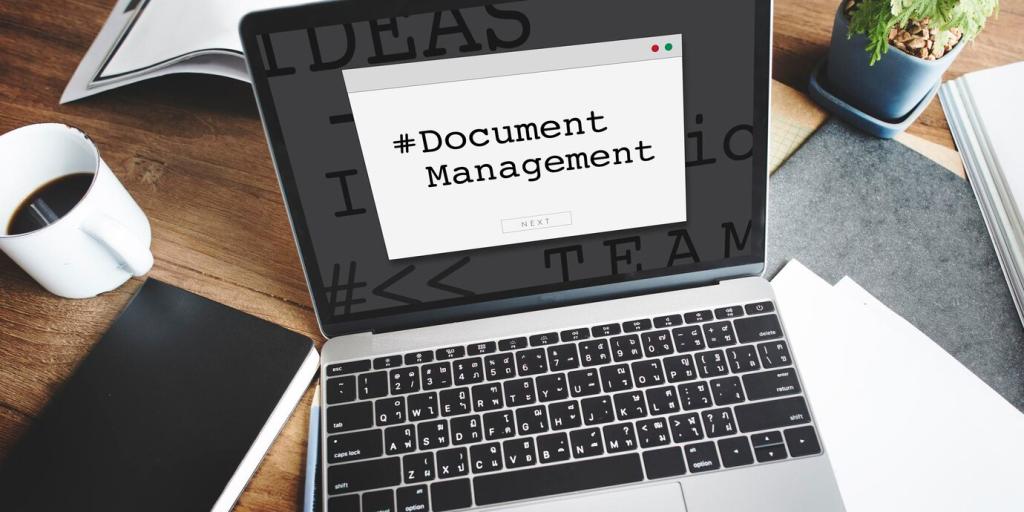Essential Building Blocks: Stocks, Bonds, Cash, and More
Stocks historically offer higher returns but come with sharper swings. For beginners, broad index funds can simplify diversification across companies and sectors, helping you capture growth without picking individual winners.
Essential Building Blocks: Stocks, Bonds, Cash, and More
Bonds tend to cushion declines when stocks stumble, helping reduce overall volatility. Blending high-quality bonds with equities may keep your portfolio aligned with your risk tolerance, especially during turbulent markets.







